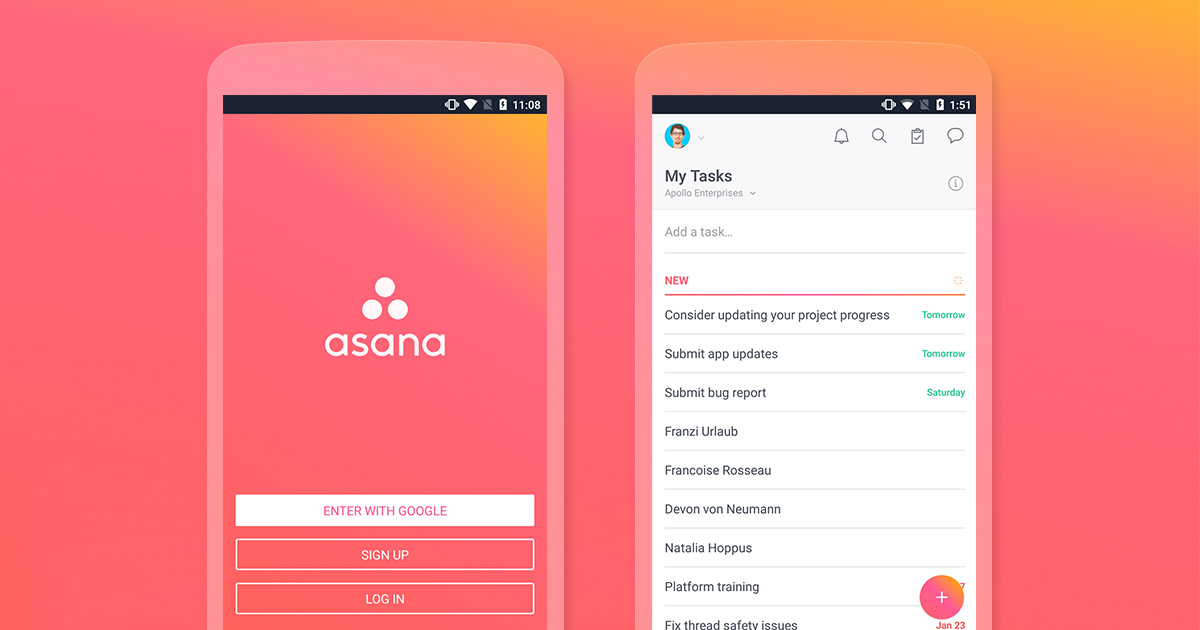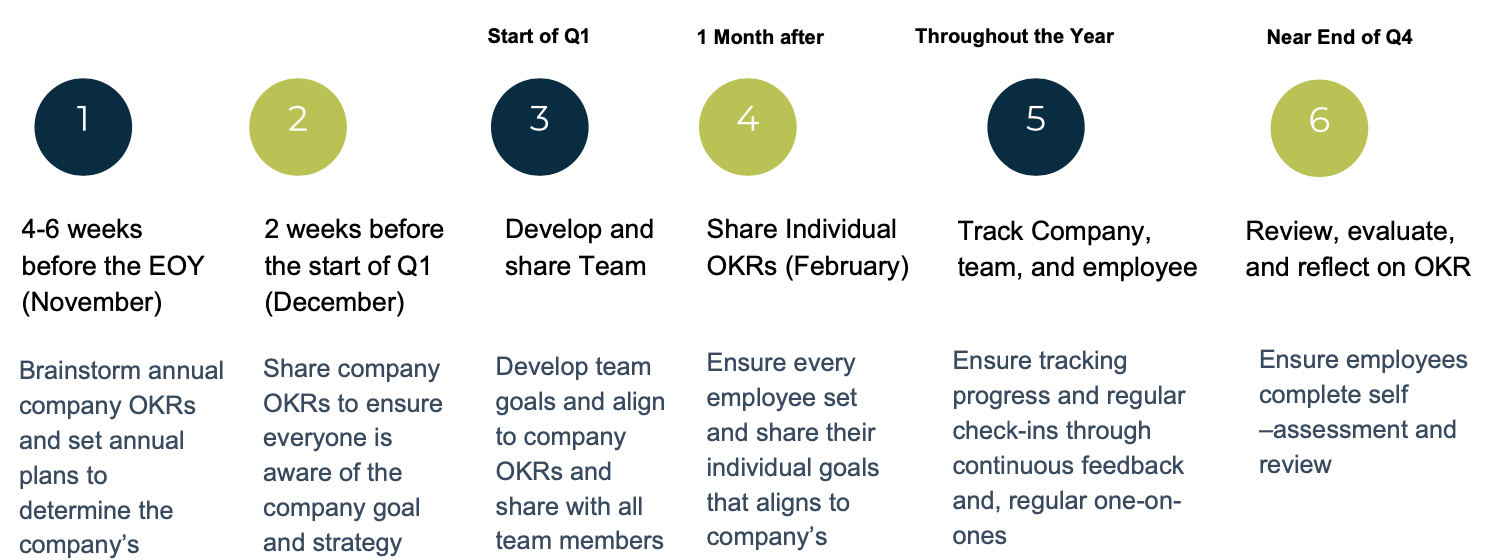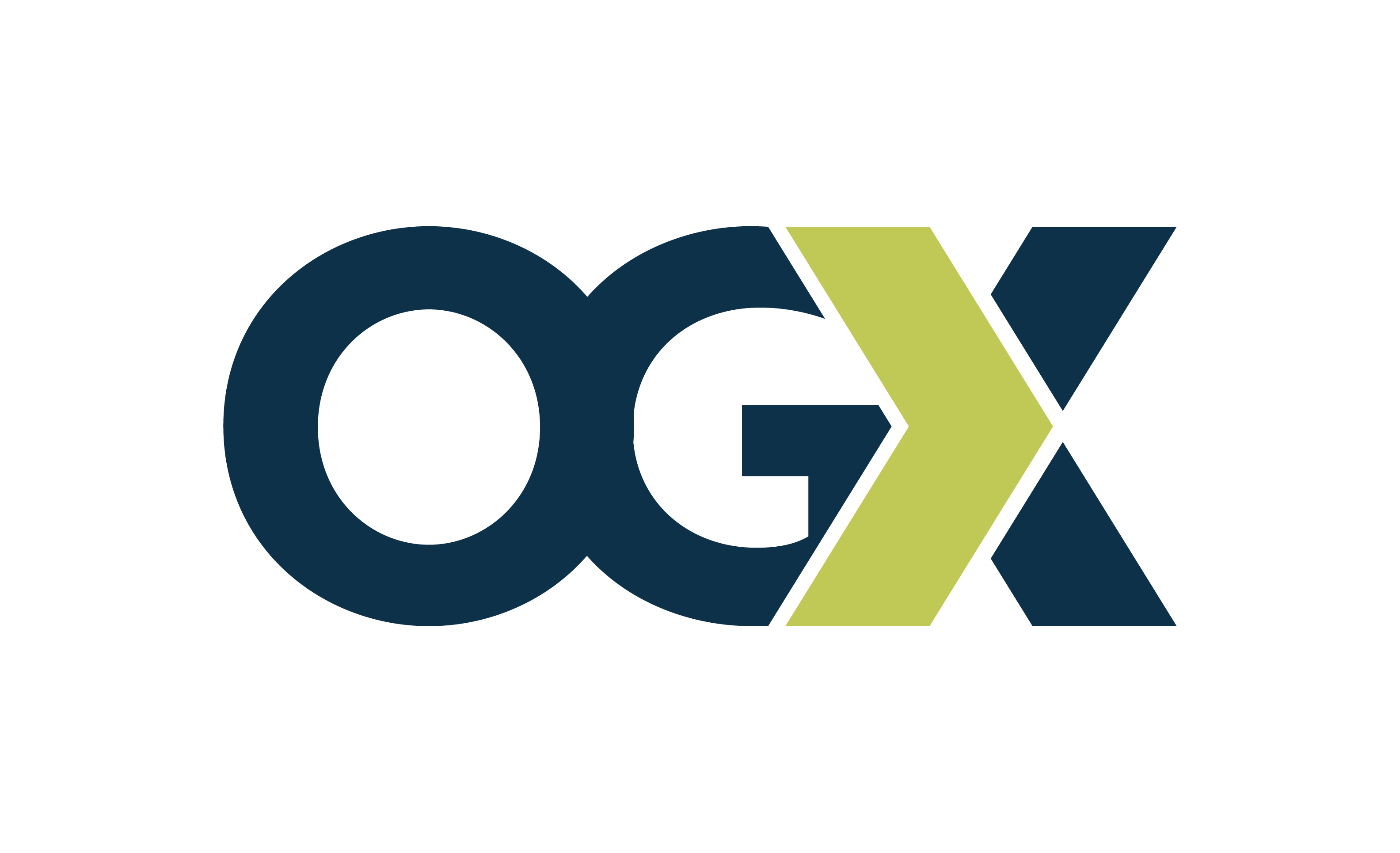

OKR Framework With Asana
CONTRIBUTIONS BY: Tori Copeland, Sr. Consultant and Charles Leonard, Consultant
Effective goal planning and tracking is an integral part of growth and expansion for organizations of any size. Maintaining a data driven system to capture progress has been the driving factor towards success for many leading organizations. The leading methodology and industry standard for a data driven goal system is the OKR methodology. This report will walk through Asana, a powerful project management tool that implements the OKR methodology to create and track goals while connecting these goals to the daily work that is happening across your organization.
Why Asana?
Organizations work best when everyone has clarity on the mission, goals, and the day- to-day work needed to achieve them. Asana provides clarity down to a subtask assigned to a new intern, and up to an objective the CEO takes responsibility for.
Most teams start with tasks and projects to manage their work. When you have enough projects, adding them to a portfolio gives you a real-time view of what’s happening across top initiatives. With the addition of Goals, organizations now have a single system to set their Objectives, Key Results, and manage all the Initiatives needed to hit them.
Guidelines for Getting Started with Asana Goals
Set rules for your organization
Before you implement your goal-setting methodology, we recommend setting basic rules for how OKRs will function at your company. Specifically, there are three elements to consider: cadence, check-in process, and creation.
Co-create Company-Wide Objectives
Start off by co-creating top-level objectives for your organization. These are the pillars of your strategy for the next year. As often as possible, design your objectives to be falsifiable and clearly measurable. At the end of your goal cycle, you should be able to conclusively say whether you met each objective.
Create Company-Wide Key Results
To write great Key Results, try using the SMART methodology. Your SMART Key Results should be: Specific, Measurable, Achievable, Realistic, and Time-bound
Set key results for teams and individuals
To set great Key Results at your company, make sure you’re connecting day-to-day work with company-wide Objectives. One easy way to do that is to use a hybrid goal-setting approach, where your executive level teams set company Objectives, but smaller teams set the Key Results.
Track your goals as you go
Once you have defined your organization’s Objectives and Key Results, it’s time to identify the programs and projects you and your team will work on to achieve your goals, your Initiatives. Connecting your organizational goals to day-to-day work also keeps your employees engaged in their work. People want to know that what they do matters, and the best way to show them is to connect their work to high- level goals.
Improve your processes
Once your planning cycle is completed, your work still isn’t finished. Instead of immediately moving on to the next cycle, ask your team to pause and grade their Key Results. This will help you adjust your next goals cycle and assist in the creation of new Objectives and Key Results.

Tips for Optimizing Asana Goals for Success
Anyone who owns a goal should update the progress metric regularly. Set up a recurring task in your My Tasks so you don’t forget.
To get status updates on the work that ladders up to the goal, rely on project status updates. By creating a portfolio of all the projects that contribute to your goal, will display real-time updates to project status updates across each project in one place.
Add portfolios and projects as supporting work to your goals, this will connect your team’s daily work to larger goals and will tangibly show them how their work ladders up in the company.
Goals should be org-wide or by team. For personal individual goals, rely on Milestones and track them in a goals project to share with managers and relevant teammates.
Start off small, then expand. Trialing the system – through a pilot – within a specific team or core group, this will grant insights into how the methodology will work across the hierarchy of each department.

Asana Best Practices
These best practices will help you create, maintain, and revise your company’s OKR. These are not hard and fast rule but a set of guidance to help you craft a viable OKR for your company.
General Best Practices: Getting Started with OKRs
1. Review your OKRs regularly. Most companies would review their OKRs with their regular reports. Annual, Midterm, Quarterly, Monthly, and Weekly are the most common regular review timeline.
2. Objectives answer the question “What?” The Key Result corresponds to the “How?” When the “hows” are achieved, so is the “what”.
3. Remember: Objectives are strategic themes. Key Results are the tactical means.
4. Set Key Performance Indicators and metrics to measure and track Key Results success.
5. OKRs are meant to be concise and easy to understand. They should be ambitious and challenging but still measurable.
6. Failure to achieve OKR doesn’t mean that you have to revise it. You can only do so in times of an extreme event or reason to justify revision.
7. You will notice the positive changes of OKR after 3-4 cycles.
8. Be patient.A well-designed OKR implementation plan makes it easier for your company to adapt to this framework. Therefore, it’s recommended to work with an OKR coach.
9. OKRs, though ambitious and inspiring, should still possess the following qualities: Specific, Measurable, Attainable, Realistic, Time Bound, Exciting, and Relevant (SMARTER).
10. Company and departmental OKRs should be clearly communicated down to the very bottom of your organizational structure. It’s better for it to be rephrased if not properly understood by other employees. Again, one of the goals of OKR is to communicate the goal of the company to all of its employees.
11. Ideal score for Key Results is between 70% and 75%. Anything above means you’ve set a very easy low goal.
Best Practices for Asana Goals
Gain buy-in across the organization
Getting commitment and providing education helps with achieving organizational goals.
Connect goals with execution
Tying goals to work itself enables teams to stay connected to company objectives and sustain alignment over time – defining and implementing OKRs is a great way to do this.
Maintain a process for check-ins
Defining clear owners, success metrics, and a process for ongoing reviews creates accountability.
Best Practices for a Successful Implementation


